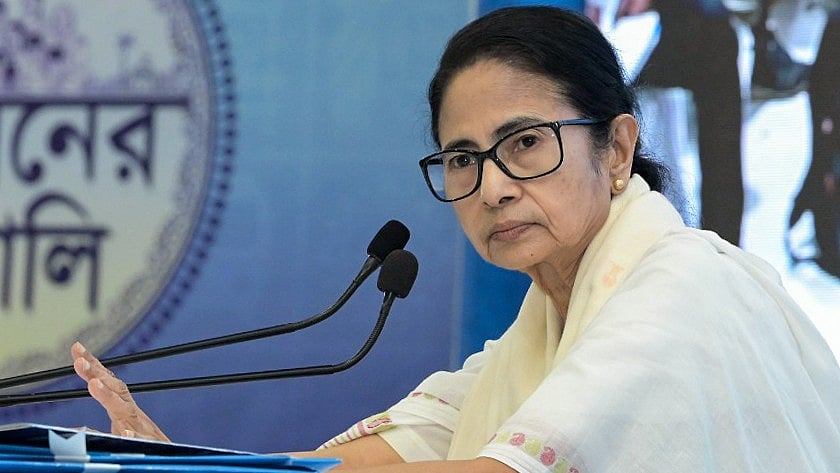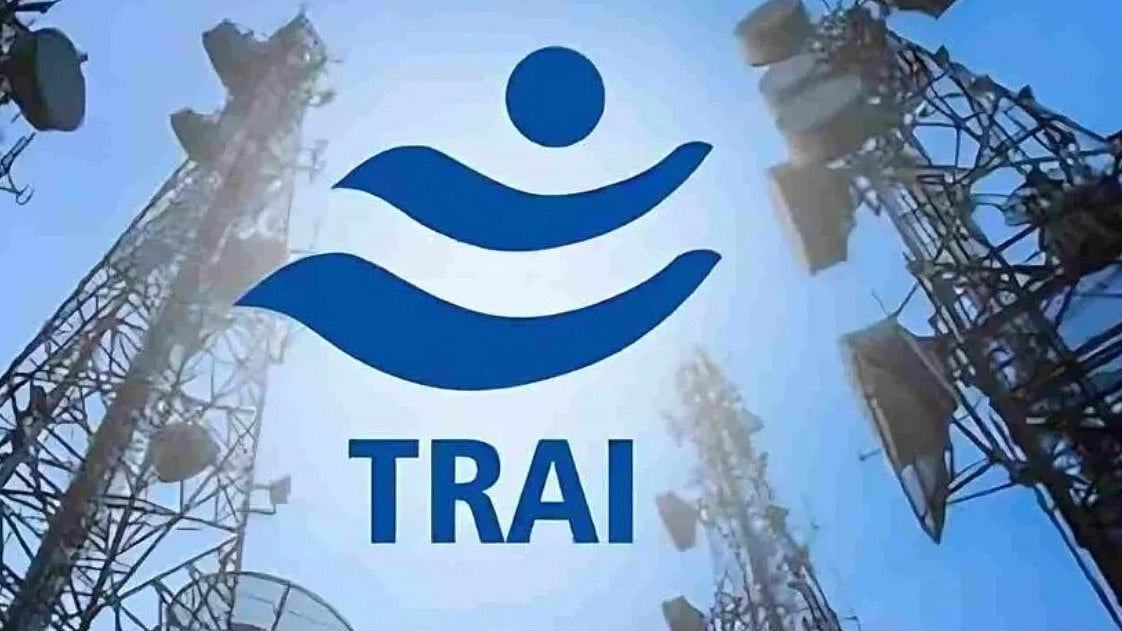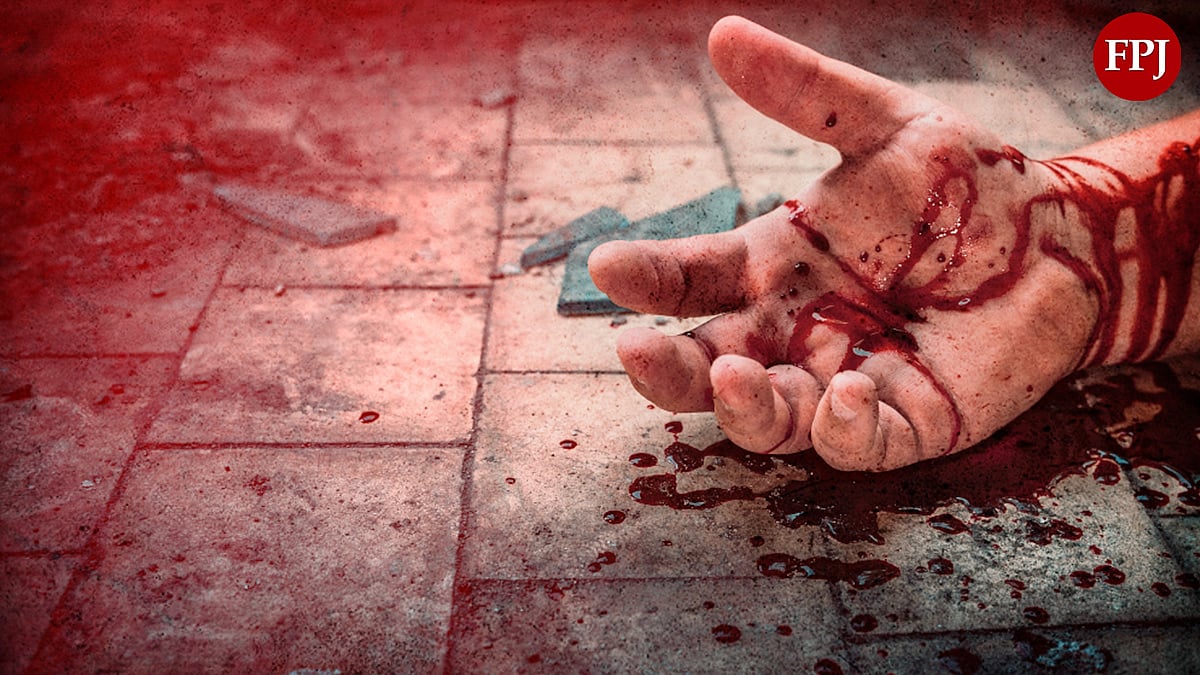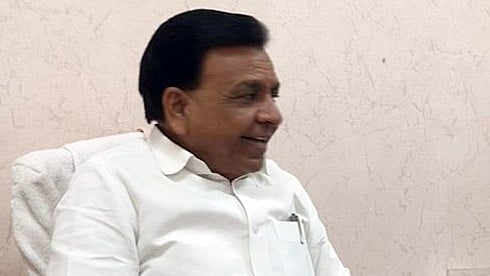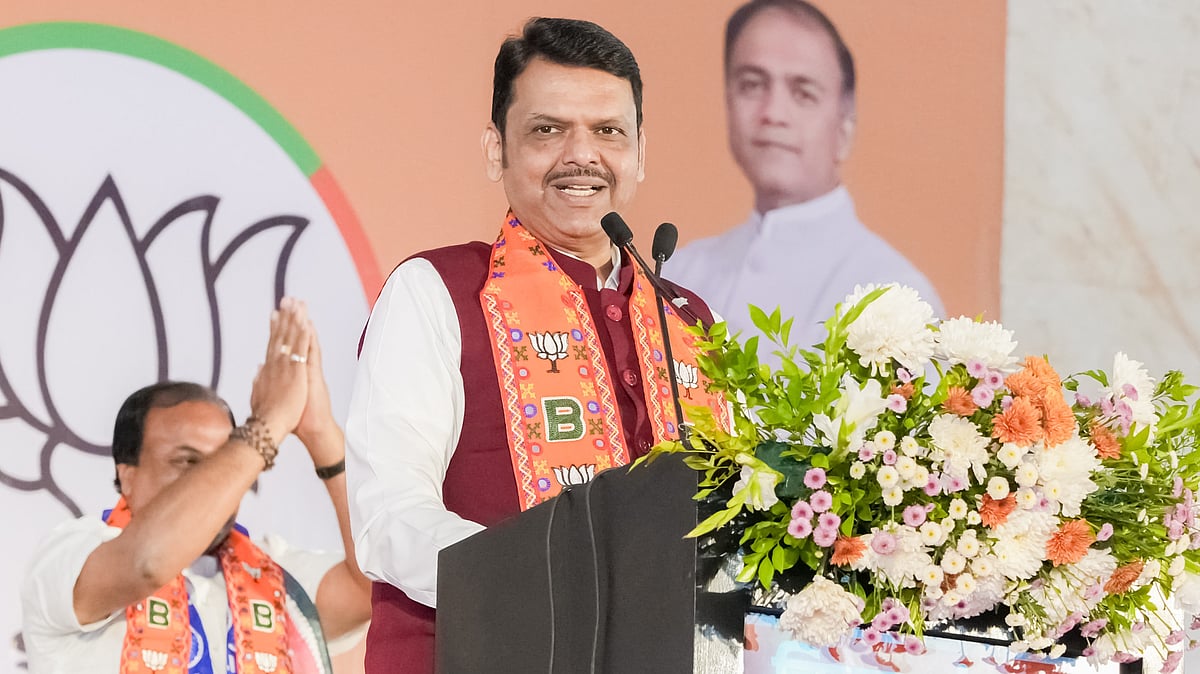If Chief Justice Ranjan Gogoi manages to produce a verdict on the vexed Ayodhya land dispute before he retires next month, which he seems to be poised to do in all likelihood, his name will be etched in golden letters in the annals of Indian history.
The Chief Justice has made it abundantly clear that he means business, when on the last day of hearing he refused to entertain new interventions, saying ‘enough is enough’. As the deadline drew nearer, there were multiple attempts to frustrate Justice Gogoi’s resolve and the day was marked by total confusion, with conflicting reports emanating from different sources about different options being tossed up for the consideration of the court.
One of these suggested that the Sunni Waqf Board, one of the main parties to the dispute, has decided to withdraw its suit, as its chairman has told the Ayodhya mediation panel that they are ready to give up their claim on their land, but subject to certain conditions. There is no confirmation yet on the issue, but even if it is true, it should not affect the proceedings in the court as the Waqf Board is only one of the several litigants.
If one goes by the logistics of the case so far, the CJI’s target would sound intimidating. But the issue is not of time alone. If the case has lingered on for 70 years, it is not because there wasn’t enough time to consider all aspects of the dispute, but rather the approach of the court itself and that of the contending parties. It is this approach that Justice Gogoi is seeking to change.
Throughout the history of the litigation, the judicial process has been guided by convenience, rather than the resolve to find a solution, which saw the case being tossed back and forth. With so many interests at work, the courts could not take a position on the merit of the case alone, although that itself was anything but simple and straightforward. There were layers of religious, communal and political intricacies that made an impassioned approach impossible.
The first big change occurred during former CJI Dipak Misra’s time, when the constitutional bench led by him decided to strip the case down to a dispute on the title deed. Postulating a clinical approach, the then CJI made it clear that he would not be swayed by the history of religious conflict and the communal tensions associated with the site and warded off third party interventions, which would have further complicated the issue.
What perhaps had even a greater bearing on the future of the case was the judgment that a mosque was not integral to the Muslim way of worship, which removed a vital angle from the dispute and it became easier to narrow the consideration to the ownership of the land and the claim of the devotees of Ram. Pleas for referring the decision to review by a five-member constitutional bench were met with a firm ‘no’.
Justice Misra’s bench had briefly shown the readiness to fast track a decision, but the approaching elections and the retirement of the CJI put paid to all hopes of a breakthrough, especially since the Hindutva forces wanted to force a decision in time for the elections while the Opposition resisted with all its might.
Now it is Justice Gogoi’s moment for a tryst with history and he seems to be eminently set up for such a glory. Despite the fiasco of the court-appointed mediation panel, which was destined to fail even before it was formally constituted due to inherent contradictions, leading to its virtual disbanding, the straws in the wind indicated a sense of realism dawning on the Muslim parties, particularly the Shia groups, who have increasingly been adopting a reconciliatory stance.
After a hiatus, now the panel has resumed work and its chief, former Supreme Court judge F M I Kalifulla is still optimistic of mediating an agreed settlement among the parties. At one stage, one of the Muslim parties had floated the idea of both the Ram Temple and the Babri Masjid being constructed through a collaborative effort, the latter at an alternative site.
For the Hindus, Ram’s birth place is unquestionably non-negotiable and therefore Ram Mandir is a life and death issue. The Babri Masjid, although shorn off its religious significance in view of the Supreme Court decision, is the most widely recognised symbol of secularism in the country.
The fight is, therefore, between faith and symbolism. With secularism no longer being the flavour of the season, the dice is loaded in favour of faith. But more importantly, a reconciliation appears to be within the realm of possibilities.
A Supreme Court order, with or without contributions from the mediation panel, will also avert a situation that could encourage militant Hindutva elements to embark on any misadventure similar to the 1992 episode, which had led to irreparable damage to the fabric of national unity. No saner elements would ever want a re-enactment of the episode, which is another reason why anybody would want to wish Chief Justice Ranjan Gogoi success.
The writer is a freelance journalist.
Views are personal.

